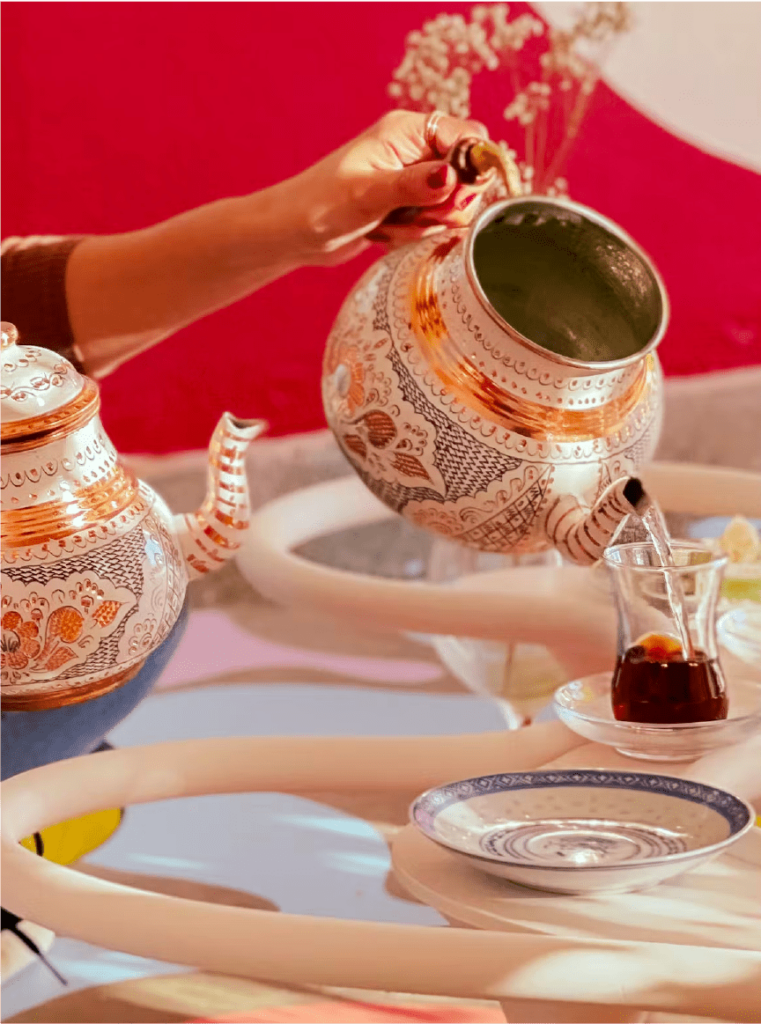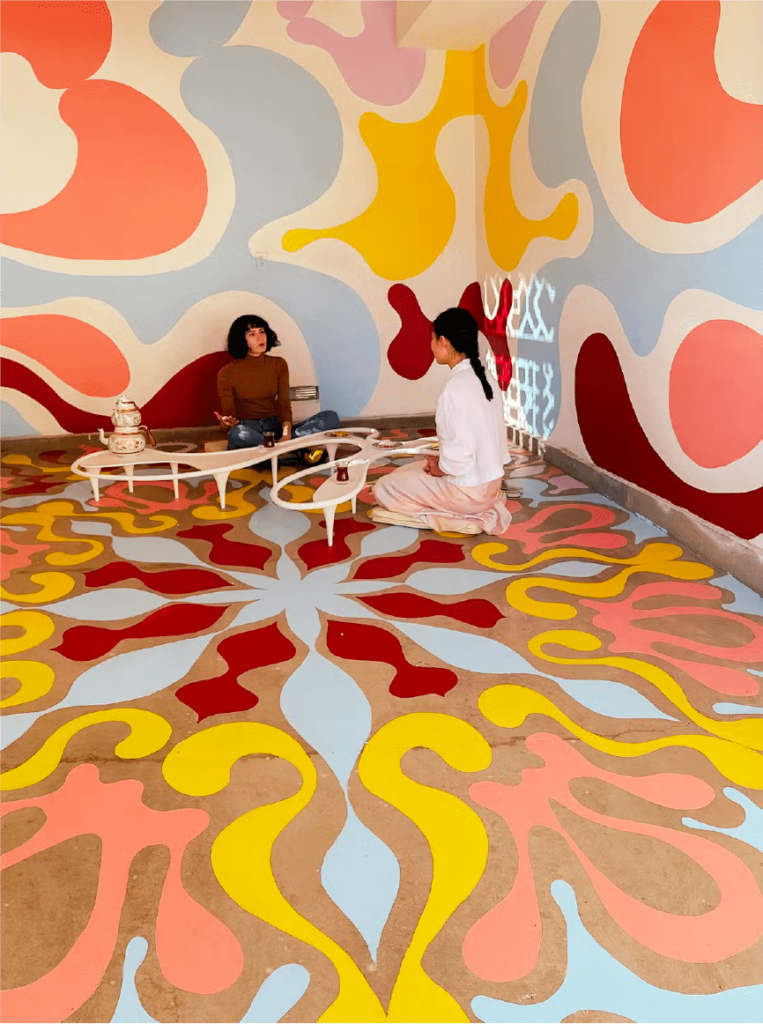MEDITATIONS ON THE HAREM
How Architecture Influences Social and Gender Norms
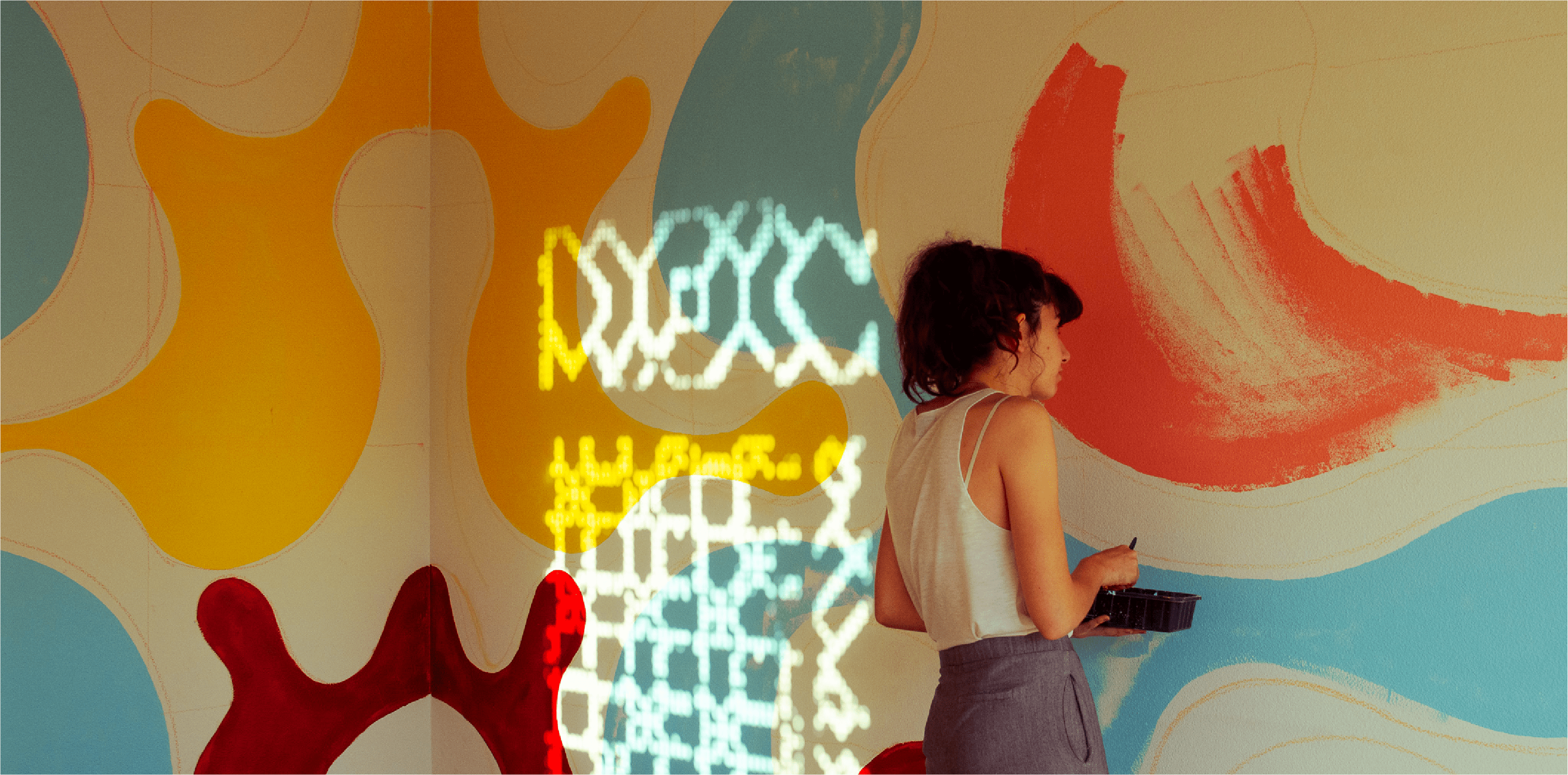
Year Completed
2021
Project Info
Name
meditations on the harem
Co-designer/artist:
cisem saglam
Co-designer/curator:
nancy ai
Location:
los angeles, CA
We believe that architecture is never neutral but rather carries heavy implications of racial and gender dynamics,’ say Cisem Saglam and Nancy ai, co-designers of this collaborative project titled ‘meditations on the harem’. Together, the designers have filled a plain room with interior detailing of stylized mandalas. The transformed room is intended as a space of cultural importance and as a place to initiate conversations on architecture’s influence on social and gender norms.Influenced by architecture and feminist studies by female scholars such as Jane Rendell, Alice Friedman, Donna Haraway, and many more, Saglam and Ai define gender as a socially constructed way of regulating intersocietal relations. This is seen throughout our built environment, from the toys we’re ‘supposed’ to like, to clothes we’re ‘supposed’ to wear, to spaces we’re ‘supposed’ to inhabit.
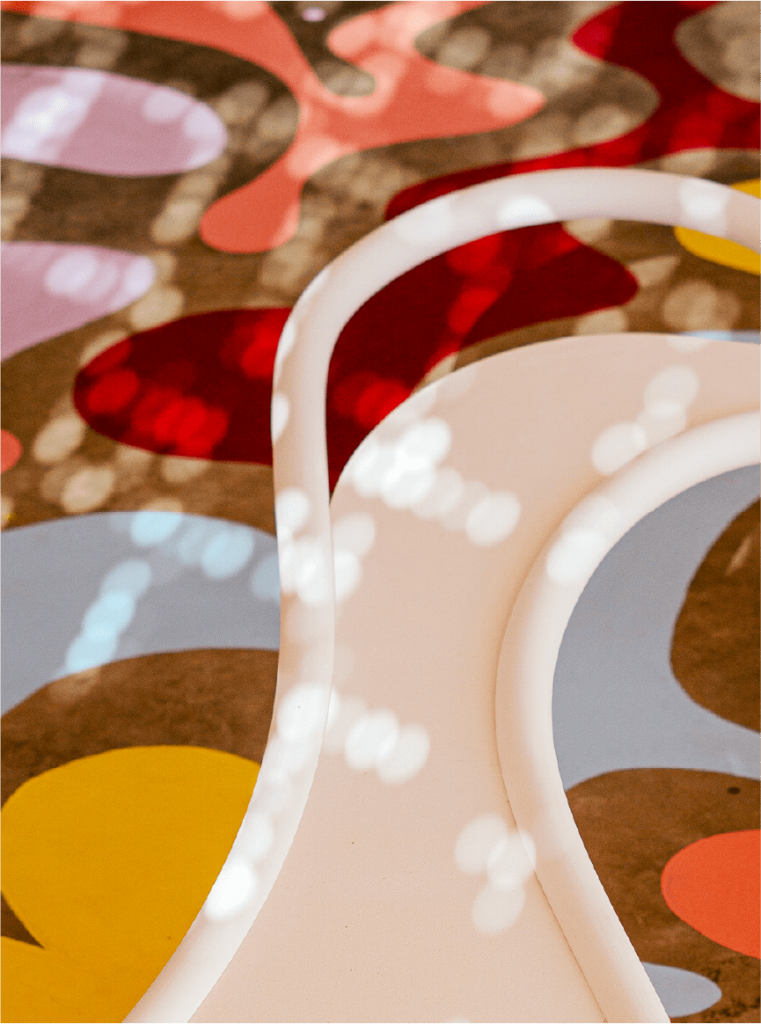
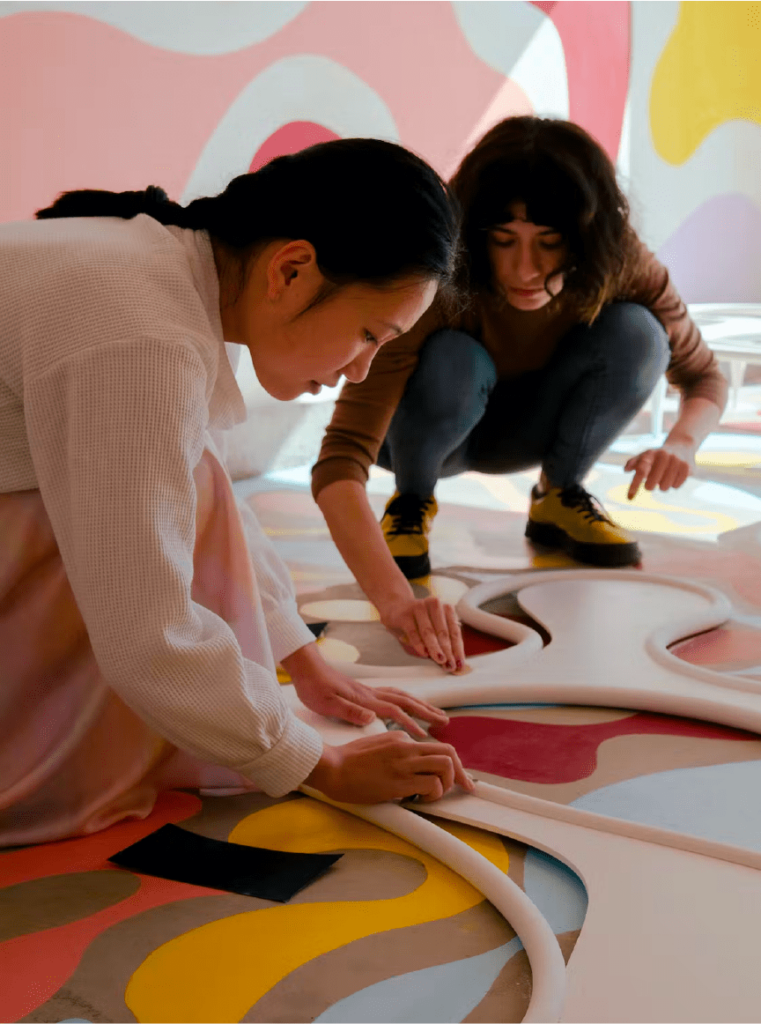
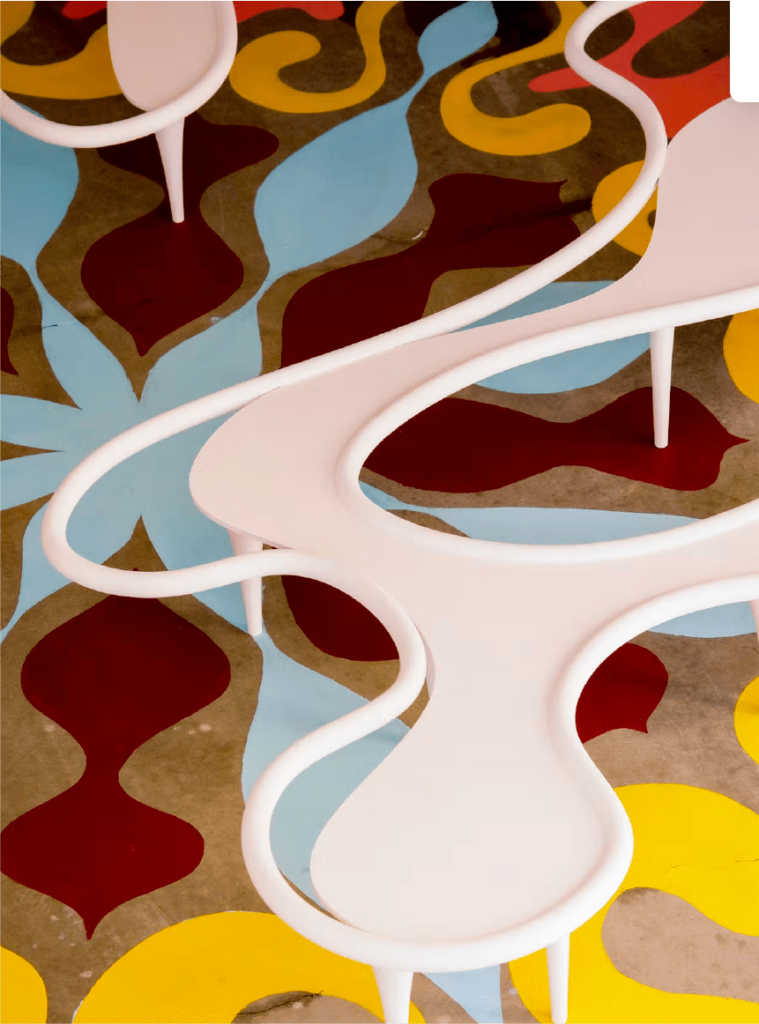
THE
HAREM:
The harem is a traditional domestic space reserved for women in the muslim household. In this space, women were excluded from the outside world and from gaining any individual control within the family and society [1]. This space of seclusion was not unique to the middle east, but can be found in various societies and cultures from classical Athens to Byzantium. In fact, a woman in classical athens had even fewer rights than one in the middle east. [2]
The fascination the west had for the east raised the issue of orientalism. This has not only enhanced a piercing power dynamic — the west over the east — but has done so in the name of liberation for women. Western powers justified invasion, war, and social engineering for social causes that are ever so present in women’s rights have, on average, gradually increased globally, it has stayed stagnant in parts of their own cultures. [3, 4] Of course, this is not to condone gender inequality in the east.
THE
HAREM:
Every woman learns to be second class citizens at a very young age,’ comments cisem saglam.‘although there is no proper harem in turkish houses anymore, women are still expected to stay indoors and relinquish their own opinions and decision-making. daily femicide cases in the country are the most solid example of the oppressed situation of women. women are being killed by their husbands, partners, and most intimate relatives. the main reasons behind these murders are women wanting to make a decision about their life.’
For this project, the team reinforces that their conversations are subjective, ‘we acknowledge that neither of us are historians. we also do not intend to universalize any experiences.’
According to these conversations, the designers say the built environment is oftentimes symbolic in reinforcing gender segregation and problematic definitions of identities within society’s gender system that allows unequal control of one over the other. the meaning behind our built environment is never independent of our agency to choose — the relationship between the two speaks volumes about the development of our societies and their adjacencies.
